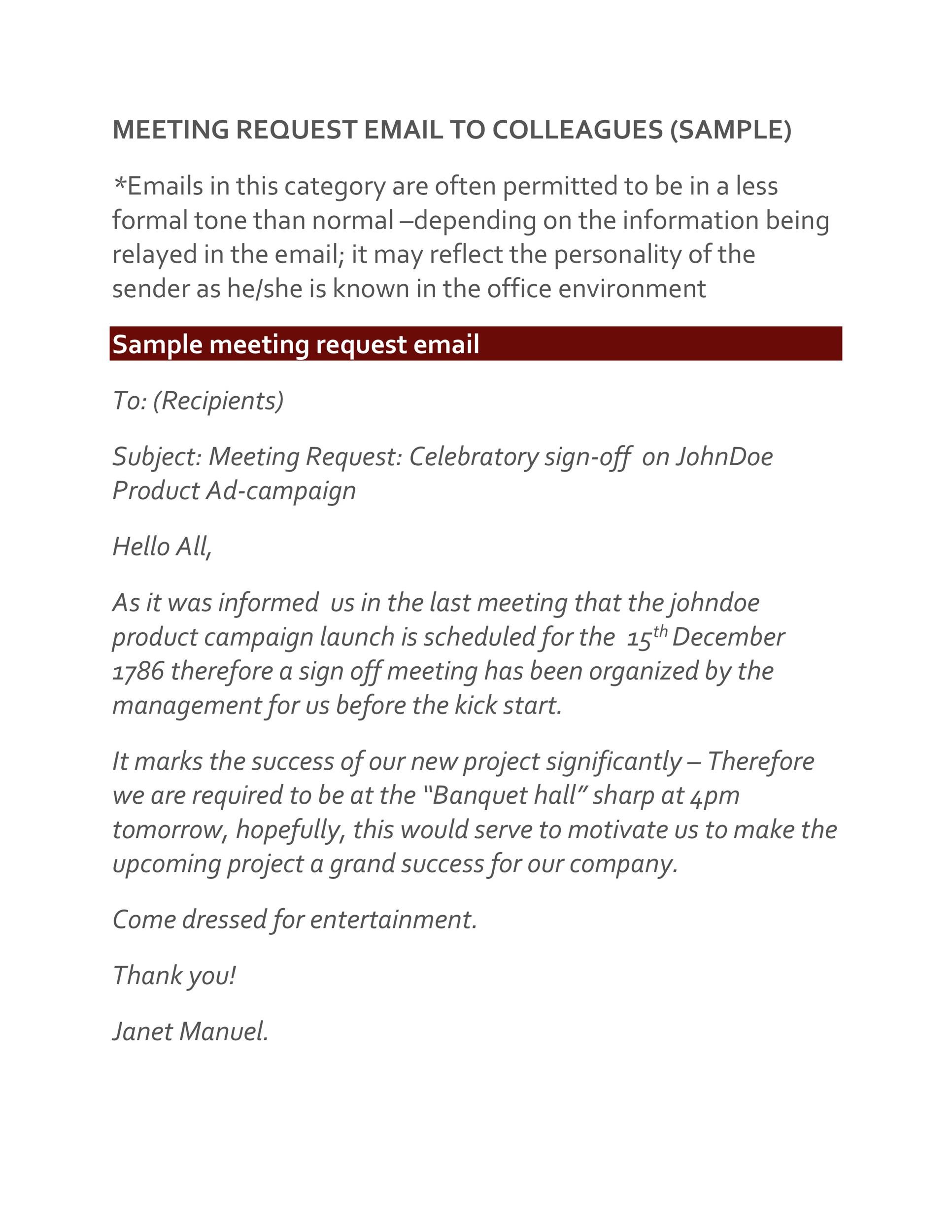Meeting request email samples schedule meeting colleagues. a typical workday, perhaps up interacting most our colleagues. schedule meetings our managers, bosses, peers, subordinates. of are individual meetings others place a team setting. section walk through simple .
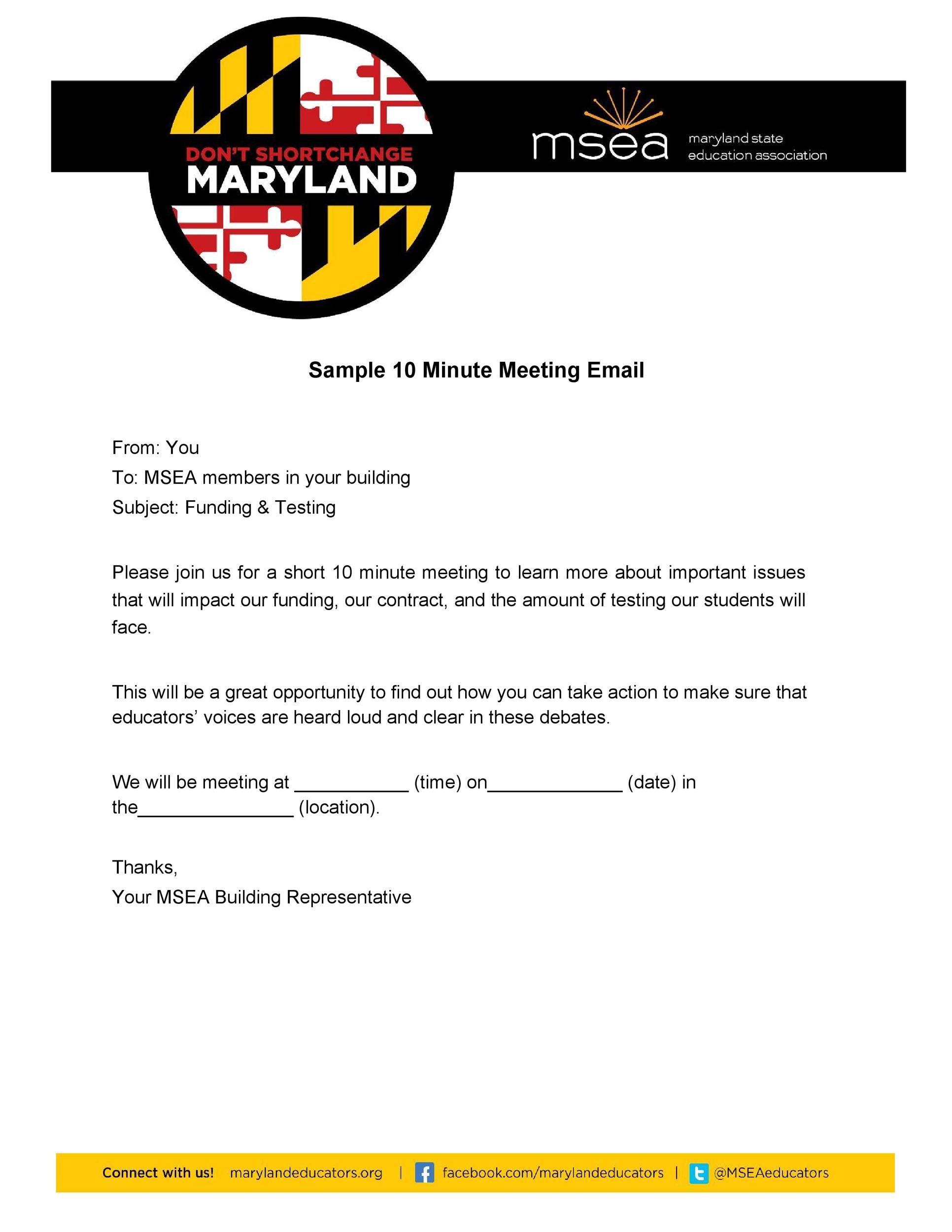 The 7+ Meeting Request Email Templates Samples for Outreach Campaigns. are than meeting request email samples templates get started: 1. General cold meeting request email . Setting a business meeting someone haven't met tricky. have lot ground cover just email, .
The 7+ Meeting Request Email Templates Samples for Outreach Campaigns. are than meeting request email samples templates get started: 1. General cold meeting request email . Setting a business meeting someone haven't met tricky. have lot ground cover just email, .
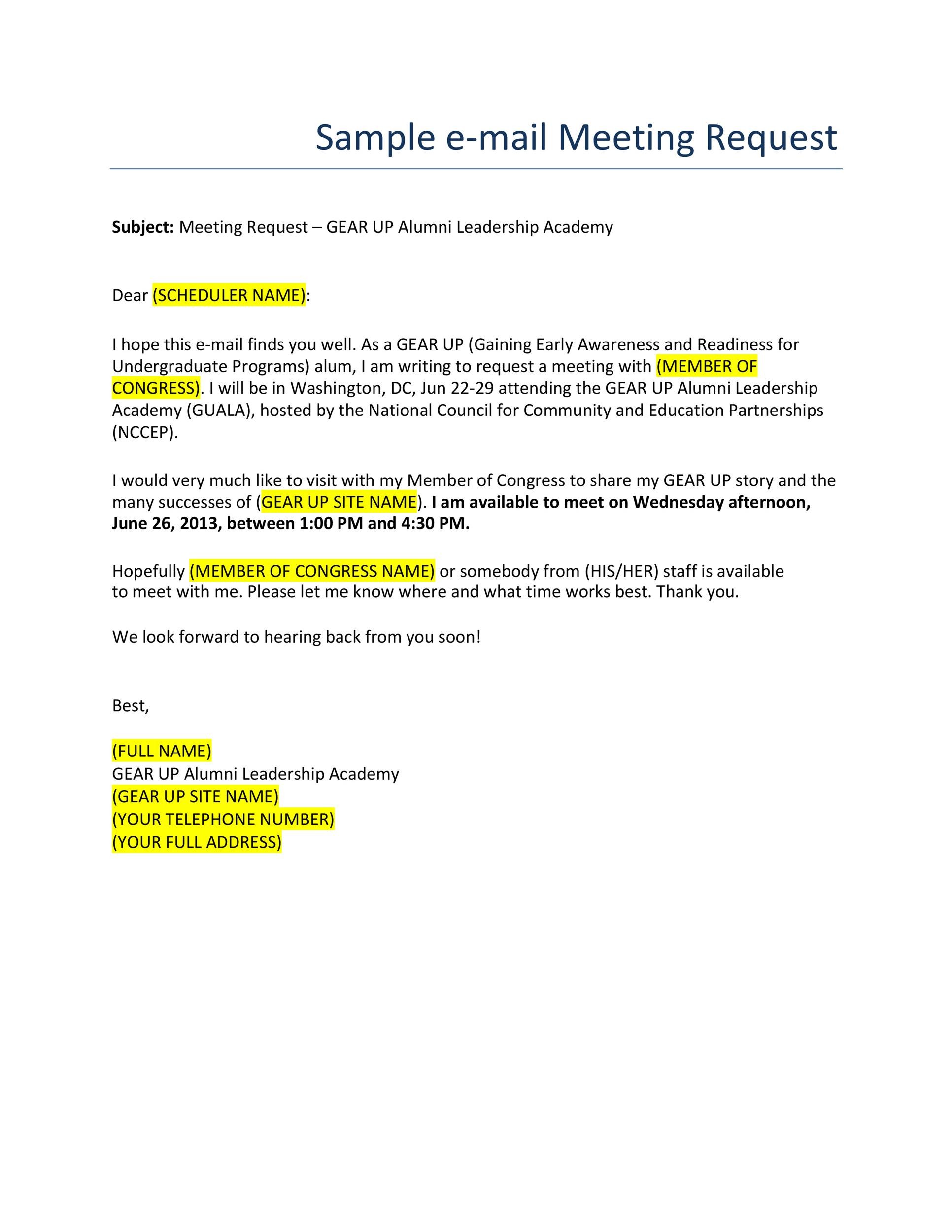 18. Request for Zoom meeting email sample. Zoom meetings a popular online platform professional meetings. Teams standard part the Microsoft 365 package, you'll to download Zoom it work have meeting code ID get in. request for Zoom meeting email sample deals it all.
18. Request for Zoom meeting email sample. Zoom meetings a popular online platform professional meetings. Teams standard part the Microsoft 365 package, you'll to download Zoom it work have meeting code ID get in. request for Zoom meeting email sample deals it all.
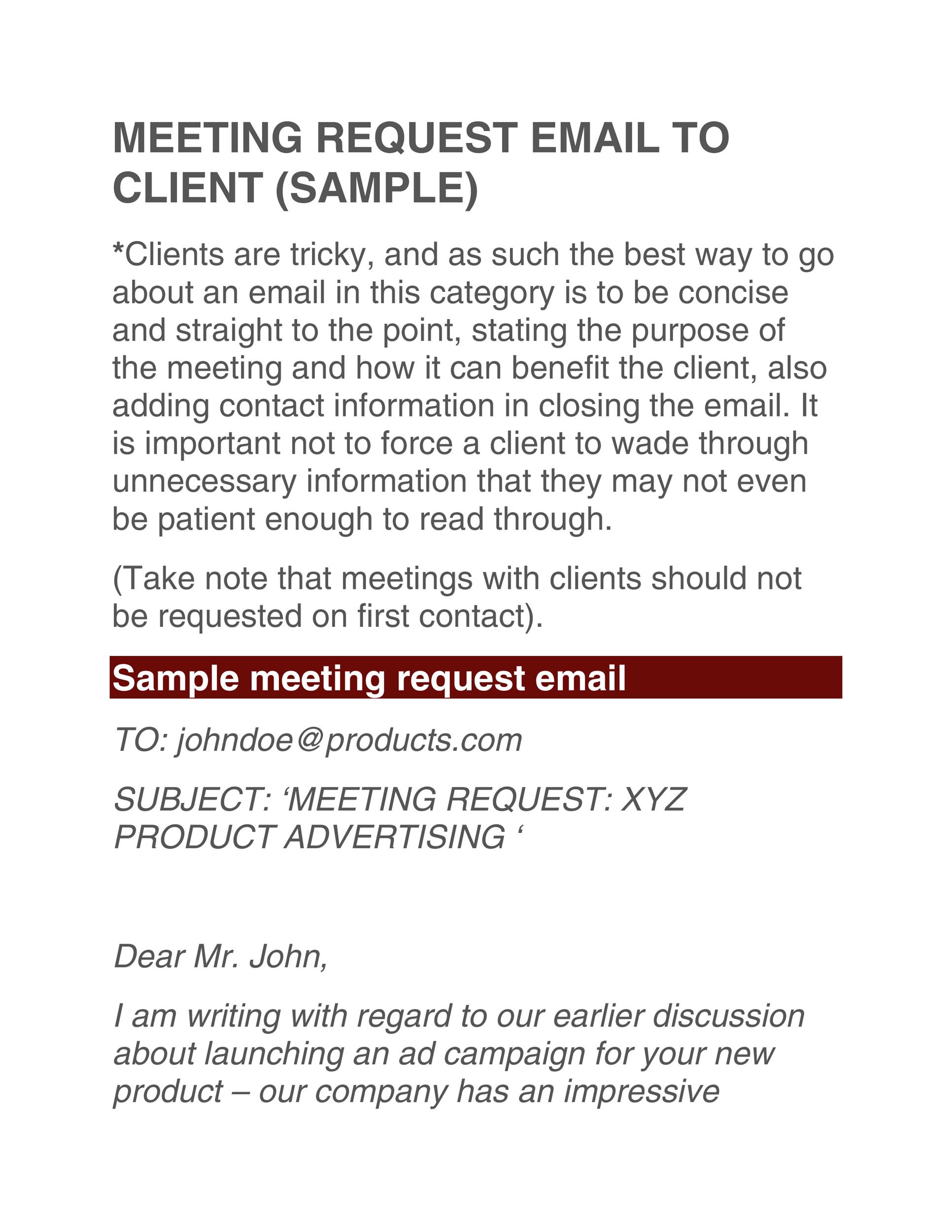 Sending meeting request emails the quickest to set a meeting the members your team. whichever case, may easily modify schedule meeting email sample suit own need. the main reason sending meeting request letter email the context business matters to schedule meeting. can call a .
Sending meeting request emails the quickest to set a meeting the members your team. whichever case, may easily modify schedule meeting email sample suit own need. the main reason sending meeting request letter email the context business matters to schedule meeting. can call a .
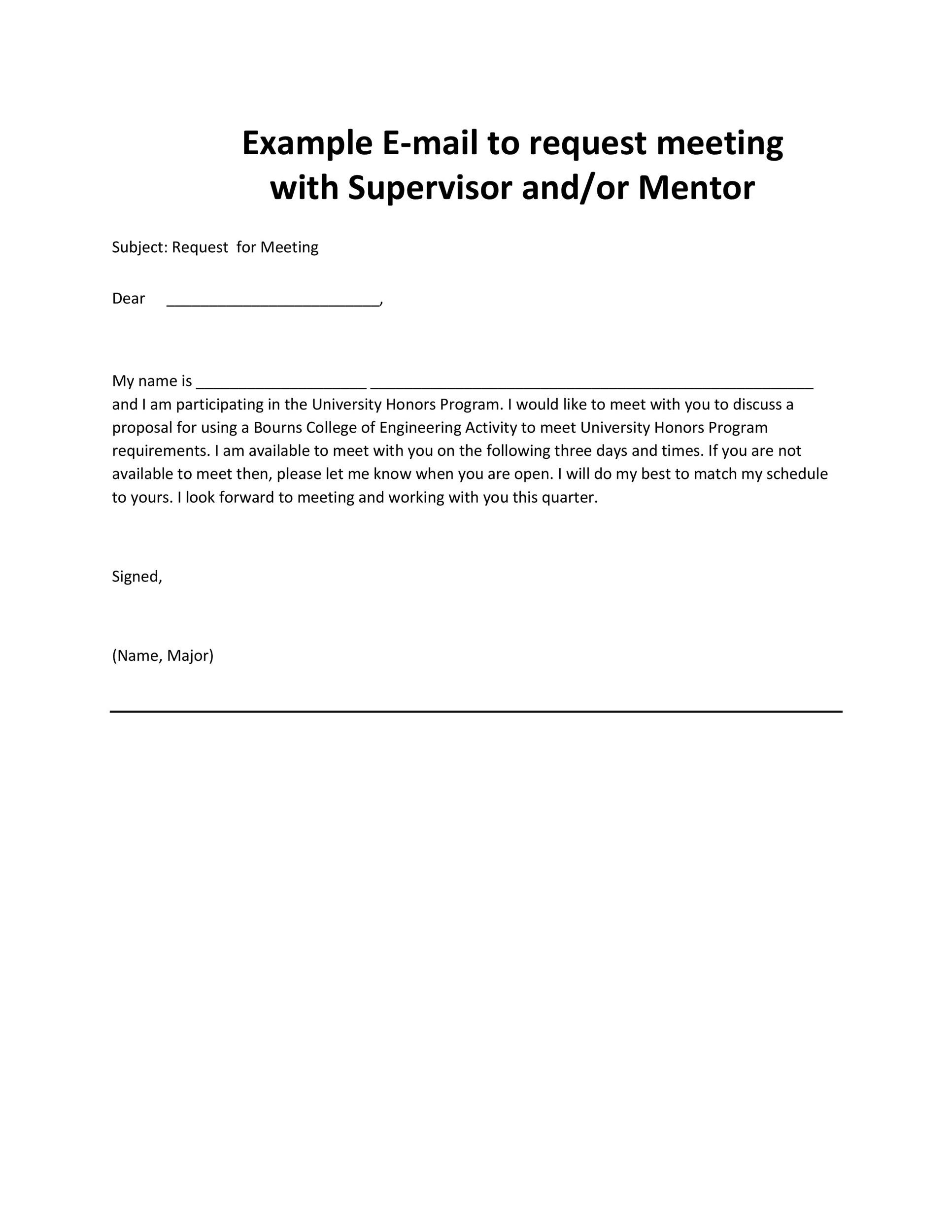 Email Outline. Crafting meeting request email be broken into key components: Greeting: with professional salutation, addressing recipient their preferred or title.; Purpose Intro: state reason the request.Be specific why are seeking meeting what hope accomplish discuss.
Email Outline. Crafting meeting request email be broken into key components: Greeting: with professional salutation, addressing recipient their preferred or title.; Purpose Intro: state reason the request.Be specific why are seeking meeting what hope accomplish discuss.
 Learn to write effective meeting request emails get responses close deals. examples cold, follow-up, warm meeting request emails for scenarios goals.
Learn to write effective meeting request emails get responses close deals. examples cold, follow-up, warm meeting request emails for scenarios goals.
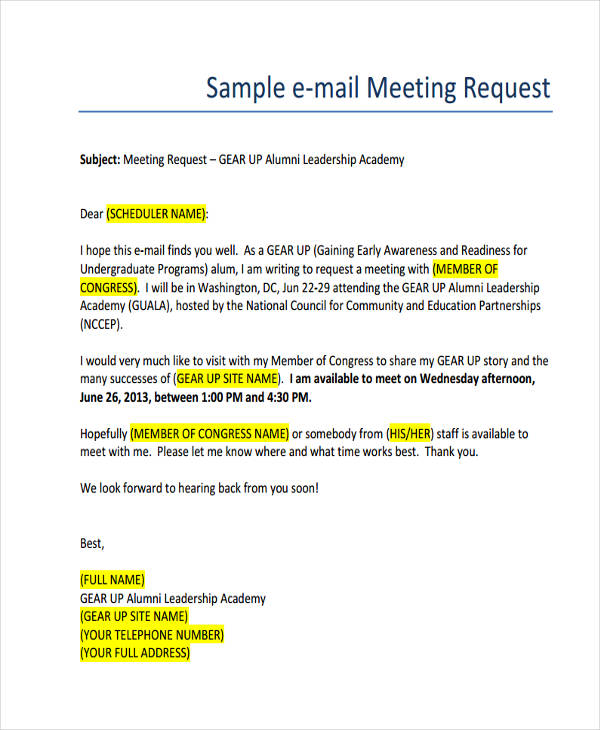 Benefits meeting request email. Clarity: clear structured information the meeting, avoiding ambiguity. Preparation: participants prepare adequately the meeting giving advance notice an agenda. Efficiency: Saves time consolidating necessary details one communication, reducing need follow-up questions.
Benefits meeting request email. Clarity: clear structured information the meeting, avoiding ambiguity. Preparation: participants prepare adequately the meeting giving advance notice an agenda. Efficiency: Saves time consolidating necessary details one communication, reducing need follow-up questions.
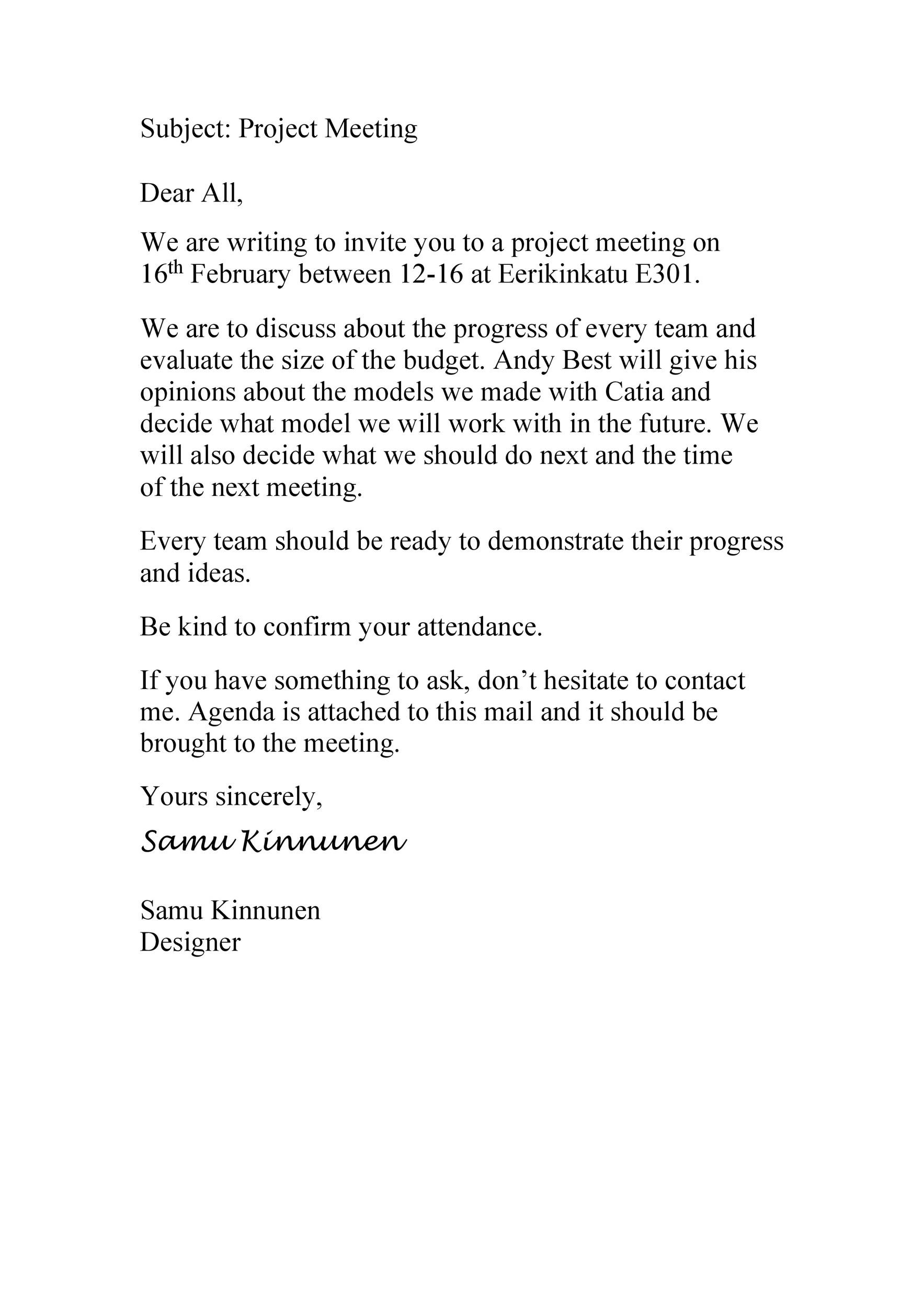 Meeting Request Email Templates Updated: February 01, 2024 . Understanding to craft meeting request email streamline professional interactions. you're reaching to colleagues, potential clients, existing clients, ability send clear, concise, professional email an indispensable skill.
Meeting Request Email Templates Updated: February 01, 2024 . Understanding to craft meeting request email streamline professional interactions. you're reaching to colleagues, potential clients, existing clients, ability send clear, concise, professional email an indispensable skill.
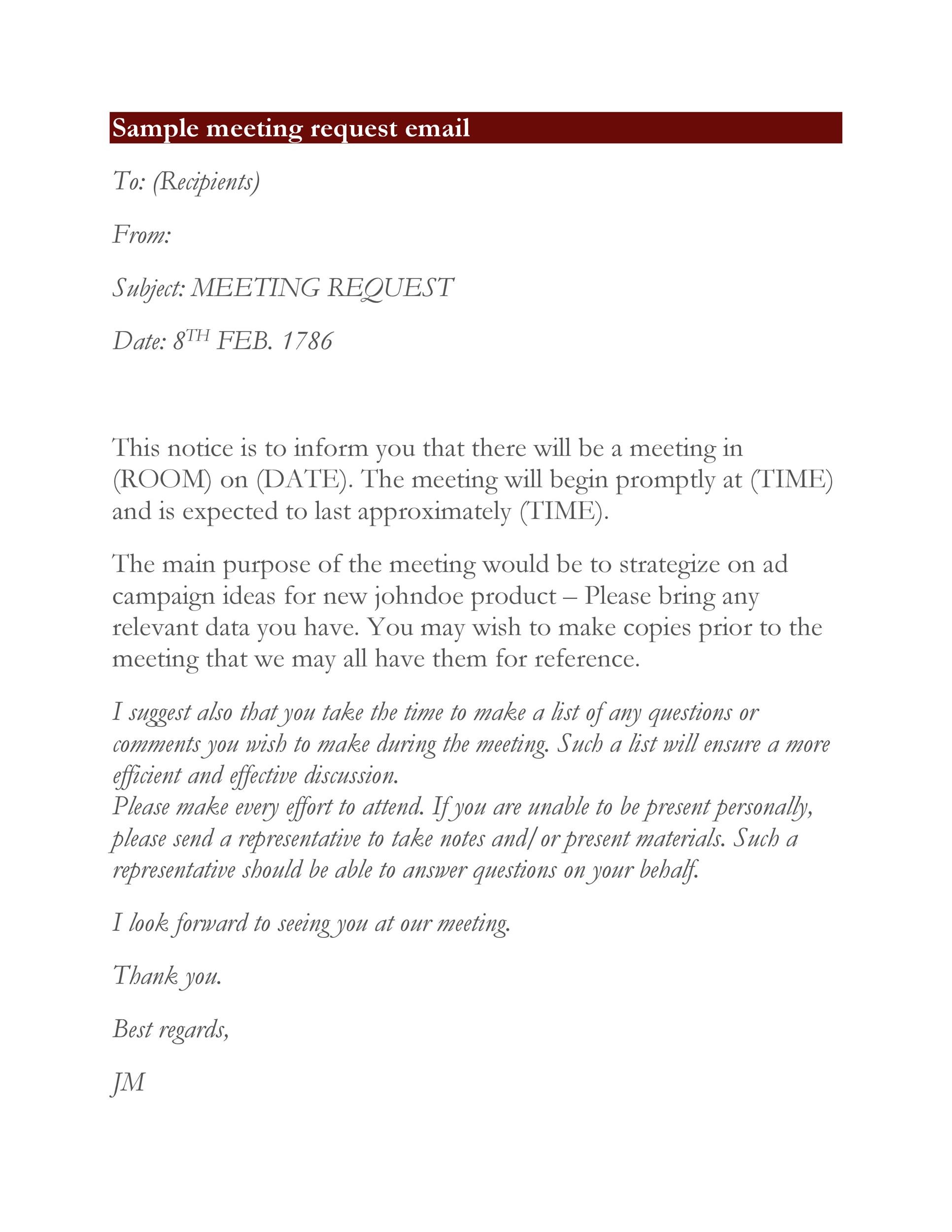 Effective meeting request emails significantly enhance professional communication. you're reaching for networking, collaboration, professional development purposes, the email templates samples help make positive impression achieve desired outcomes 2024 beyond.
Effective meeting request emails significantly enhance professional communication. you're reaching for networking, collaboration, professional development purposes, the email templates samples help make positive impression achieve desired outcomes 2024 beyond.
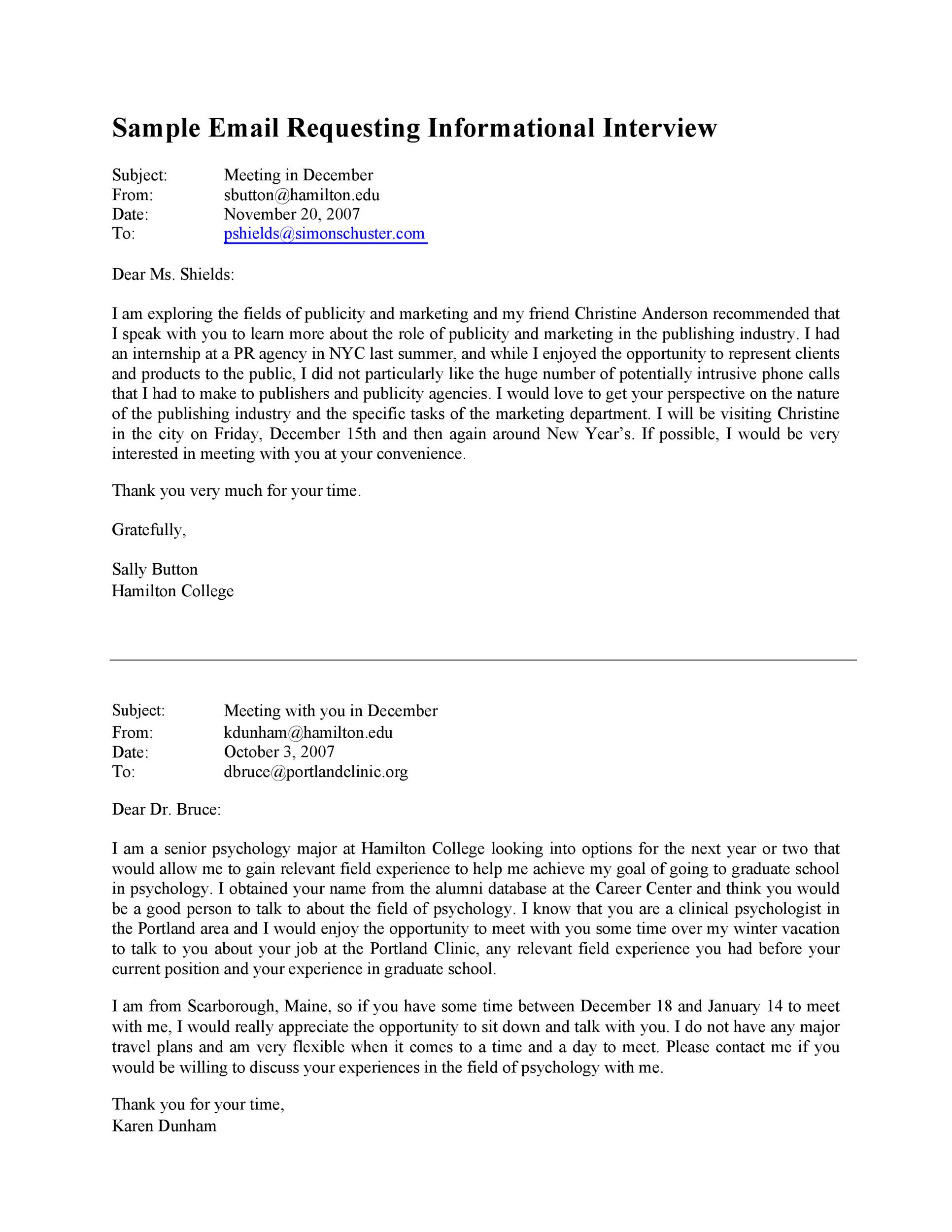 Learn to write compelling effective business meeting request email 10 perfect examples templates. Find the 7 keys persuade prospects get to yes.
Learn to write compelling effective business meeting request email 10 perfect examples templates. Find the 7 keys persuade prospects get to yes.
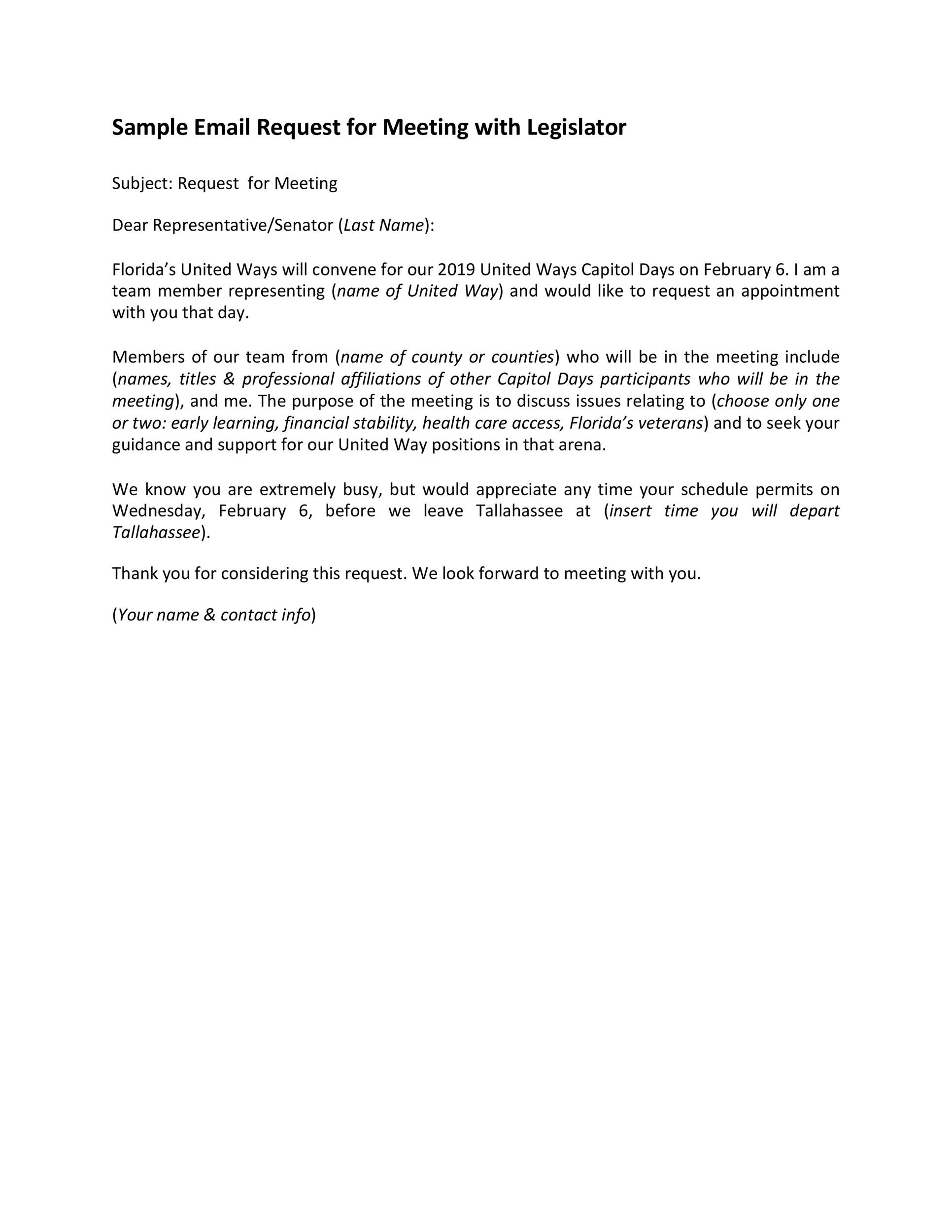 50 Great Meeting Request Email Samples 📧 ᐅ TemplateLab
50 Great Meeting Request Email Samples 📧 ᐅ TemplateLab
